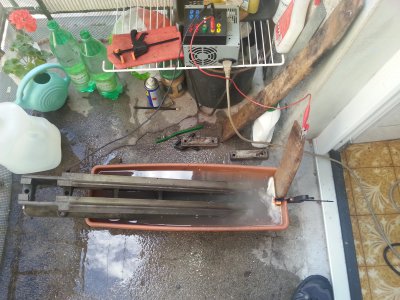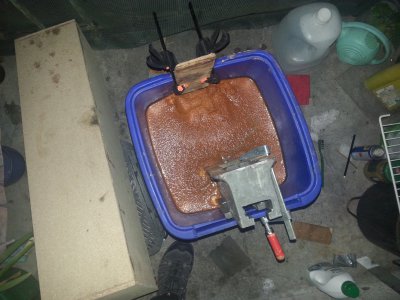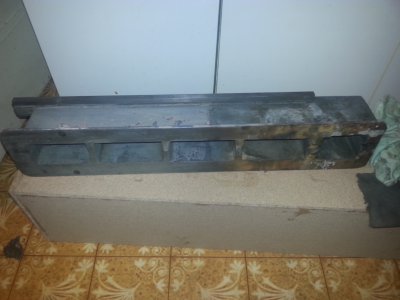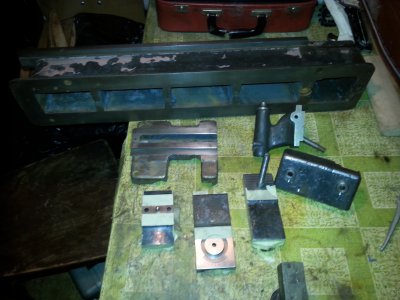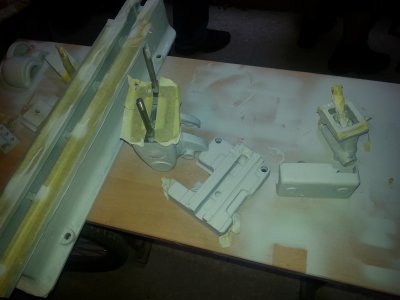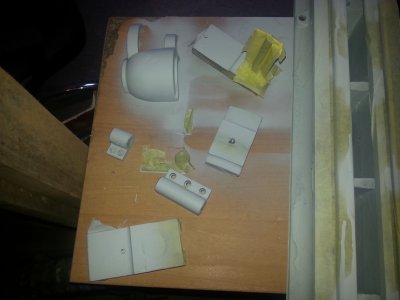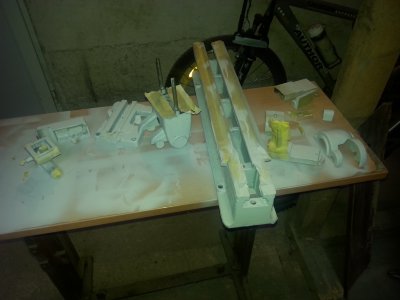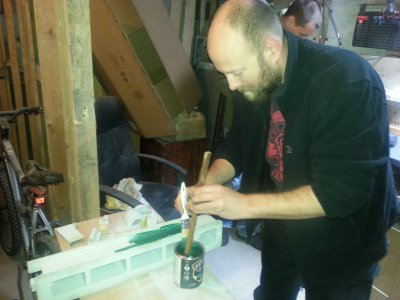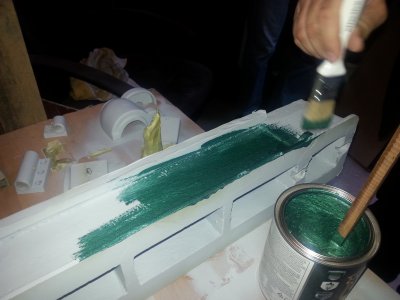B
British Steel
Forum Guest
Register Today
Electrolysis is an excellent way to remove rust and paint, just be wary of its effects on non-ferrous metals, can eat into them!
For the anode I've had good results using carbon rods (I use arc gouging electrodes with all but an inch of the copper cladding (to solder wires to) removed using acid, they don't crud up like steel and the electrolyte stays a lot cleaner and more pleasant to have around
Whatever you do use, DON'T use.stainless, the yellow colour it causes in the tank is hexavalent chromium, carcinogenic, neurotoxic, liver-toxic and (legally) has to be disposed of by a licenced toxic waste handler...
For the anode I've had good results using carbon rods (I use arc gouging electrodes with all but an inch of the copper cladding (to solder wires to) removed using acid, they don't crud up like steel and the electrolyte stays a lot cleaner and more pleasant to have around
Whatever you do use, DON'T use.stainless, the yellow colour it causes in the tank is hexavalent chromium, carcinogenic, neurotoxic, liver-toxic and (legally) has to be disposed of by a licenced toxic waste handler...


